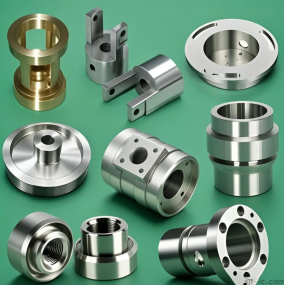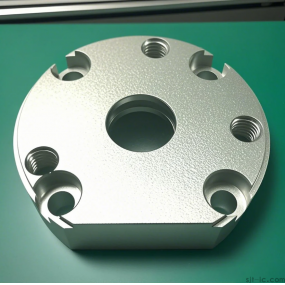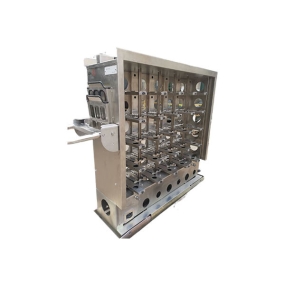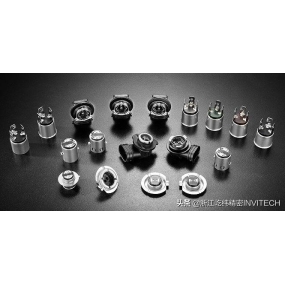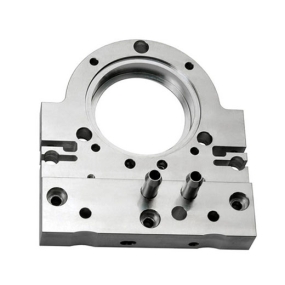Stainless steel spring plate is a widely used elastic component in stamping processing plants. Stainless steel spring plate can undergo significant elastic deformation under load, converting mechanical or kinetic energy into deformation energy. After unloading, the deformation of the spring plate disappears and returns to its original state, converting deformation energy into mechanical or kinetic energy. Stainless steel spring plate is widely used in stamping parts, vacuum tube spring cards, lamp card springs, pipe making, cold bending forming, and automotive parts industries due to its excellent elastic and physical functions.
Generally speaking, the manufacturing materials of shrapnel should have high elastic limit, fatigue limit, impact toughness, and outstanding heat treatment function, etc. Stainless steel spring plate is a type of metal sheet with resilience, which generally requires assembly with other components to connect and disconnect. In the process of using stainless steel shrapnel or after a long period of use, there may be a situation where it cannot bounce back after being pressed for a long time. Why is this?
1. Overtravel: For example, if a stainless steel spring is pressed by hand, it causes the overtravel to be too high and breaks the expected travel value of the stainless steel spring itself.
2. Overpressure: The pressure cannot be controlled, and the load may exceed the normal preset pressure value of the stainless steel spring, which may lead to overshoot and deformation of the stainless steel spring, requiring the replacement of harder materials. 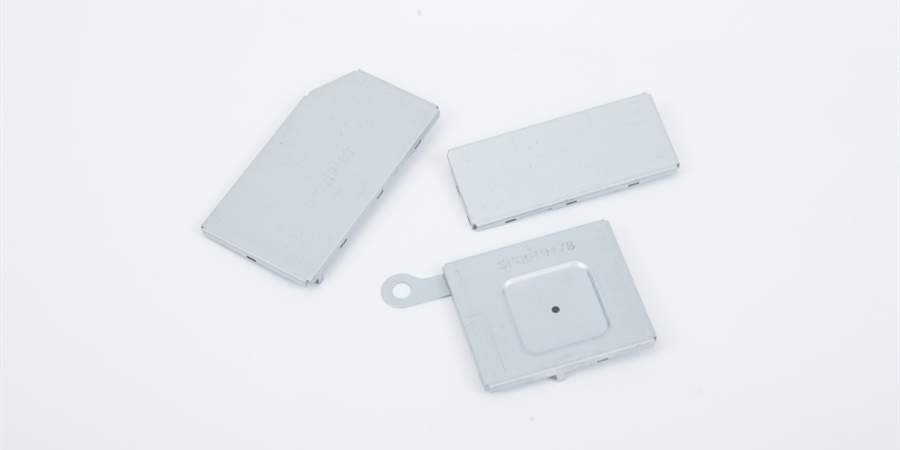 3. Excessive compression ring: Use sharp objects or form stainless steel shrapnel on the mold to scratch, because many stainless steel shrapnel need to be bent. If the mold design is not good and there are cracks at the bend, it will also affect the elasticity of the stainless steel shrapnel.
3. Excessive compression ring: Use sharp objects or form stainless steel shrapnel on the mold to scratch, because many stainless steel shrapnel need to be bent. If the mold design is not good and there are cracks at the bend, it will also affect the elasticity of the stainless steel shrapnel.
4. Excessive contact size: The contact design is unreasonable, resulting in improper coordination between the contact and the stainless steel spring, which affects the normal use of the stainless steel spring.
5. Unbalanced contact surface of stainless steel shrapnel: The circumference of stainless steel shrapnel is unbalanced, perhaps due to the lack of designed ventilation slots.
6. Poor contact: The gap between the silicone button and the PCB board is too small. Install the stainless steel spring plate reasonably and pay attention to leaving space for the stainless steel spring plate.
The poor rebound ability of stainless steel shrapnel is due to the six reasons mentioned above, which are fundamentally based on three major directions: whether the model structure design is reasonable, whether the quality control of the shrapnel processing process is qualified, and whether the selection of shrapnel raw materials is correct. Stamping processing plants should conduct relevant quality inspections on stainless steel spring plates during the production process and before leaving the factory to ensure product qualification.
This article is from EMAR Mold Co., Ltd. For more EMAR related information, please click on www.sjt-ic.com,


 Spanish
Spanish Arabic
Arabic French
French Portuguese
Portuguese Belarusian
Belarusian Japanese
Japanese Russian
Russian Malay
Malay Icelandic
Icelandic Bulgarian
Bulgarian Azerbaijani
Azerbaijani Estonian
Estonian Irish
Irish Polish
Polish Persian
Persian Boolean
Boolean Danish
Danish German
German Filipino
Filipino Finnish
Finnish Korean
Korean Dutch
Dutch Galician
Galician Catalan
Catalan Czech
Czech Croatian
Croatian Latin
Latin Latvian
Latvian Romanian
Romanian Maltese
Maltese Macedonian
Macedonian Norwegian
Norwegian Swedish
Swedish Serbian
Serbian Slovak
Slovak Slovenian
Slovenian Swahili
Swahili Thai
Thai Turkish
Turkish Welsh
Welsh Urdu
Urdu Ukrainian
Ukrainian Greek
Greek Hungarian
Hungarian Italian
Italian Yiddish
Yiddish Indonesian
Indonesian Vietnamese
Vietnamese Haitian Creole
Haitian Creole Spanish Basque
Spanish Basque



